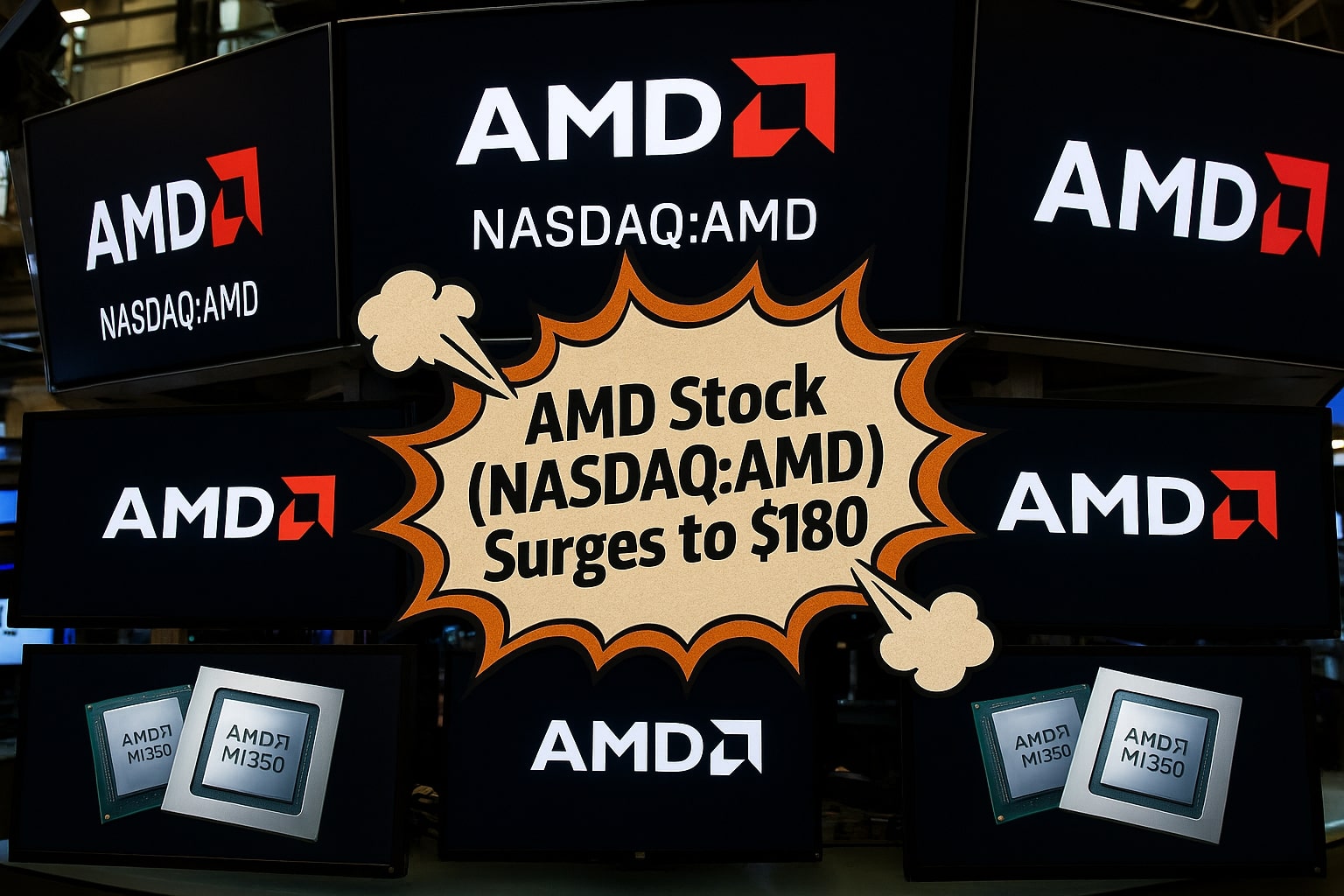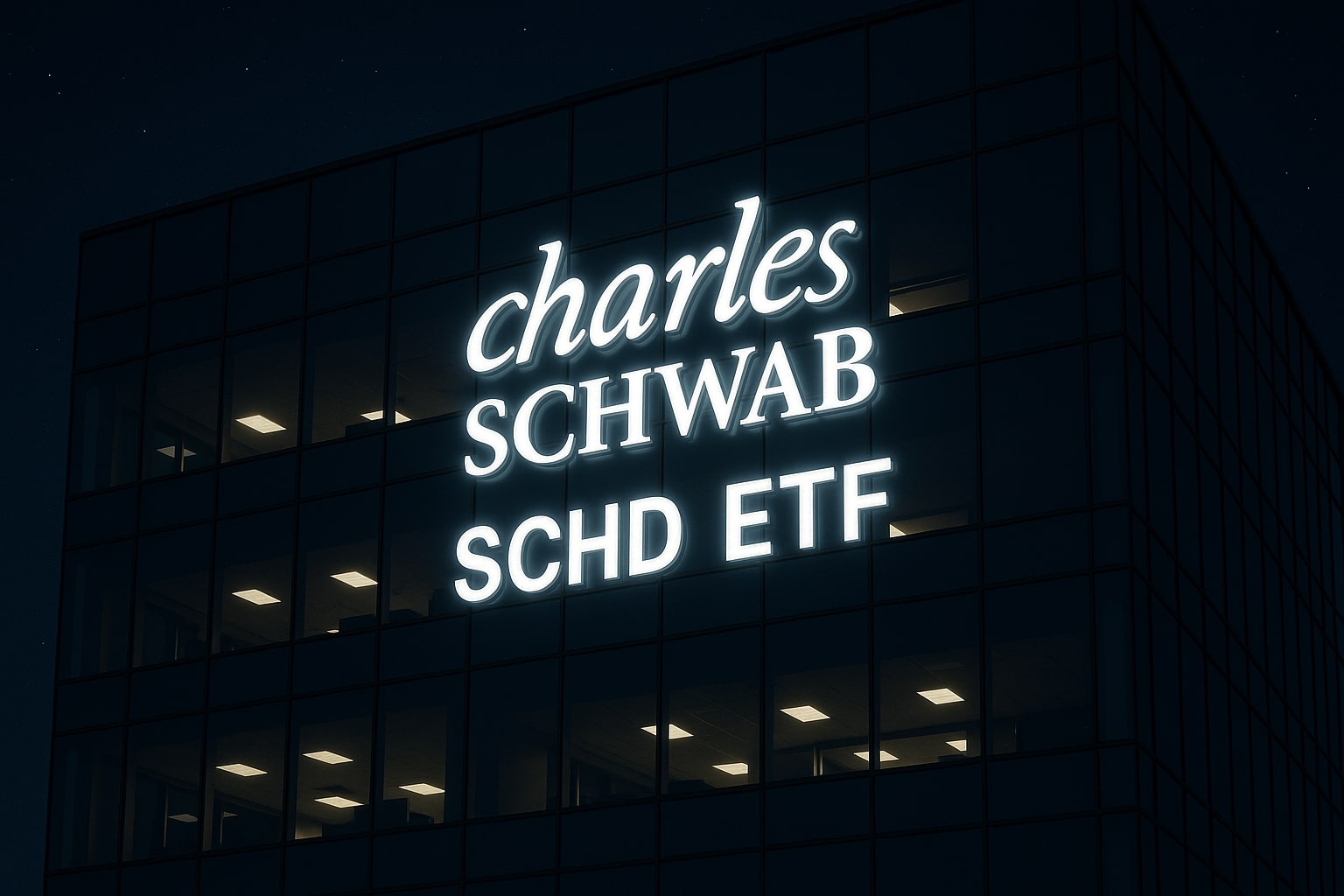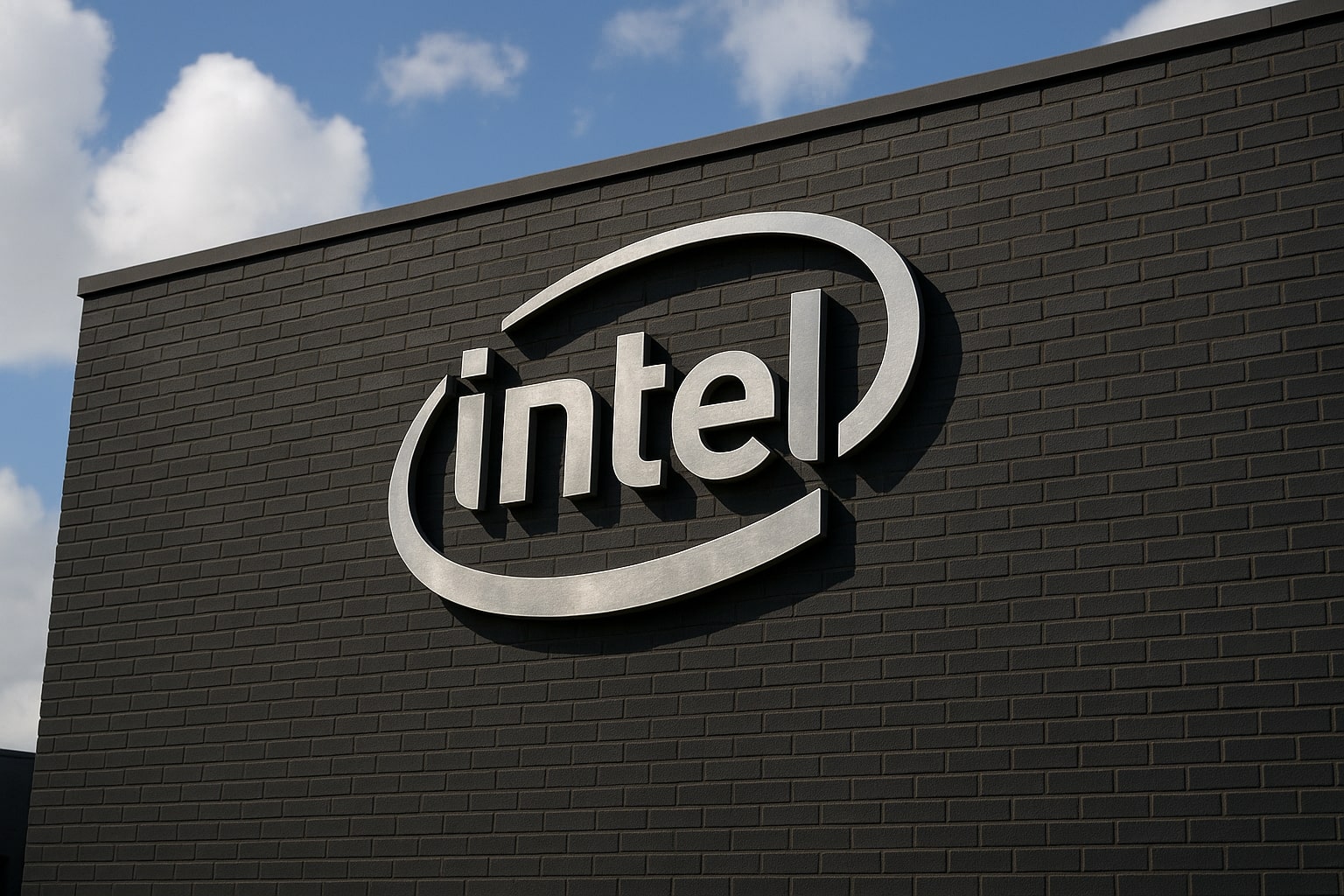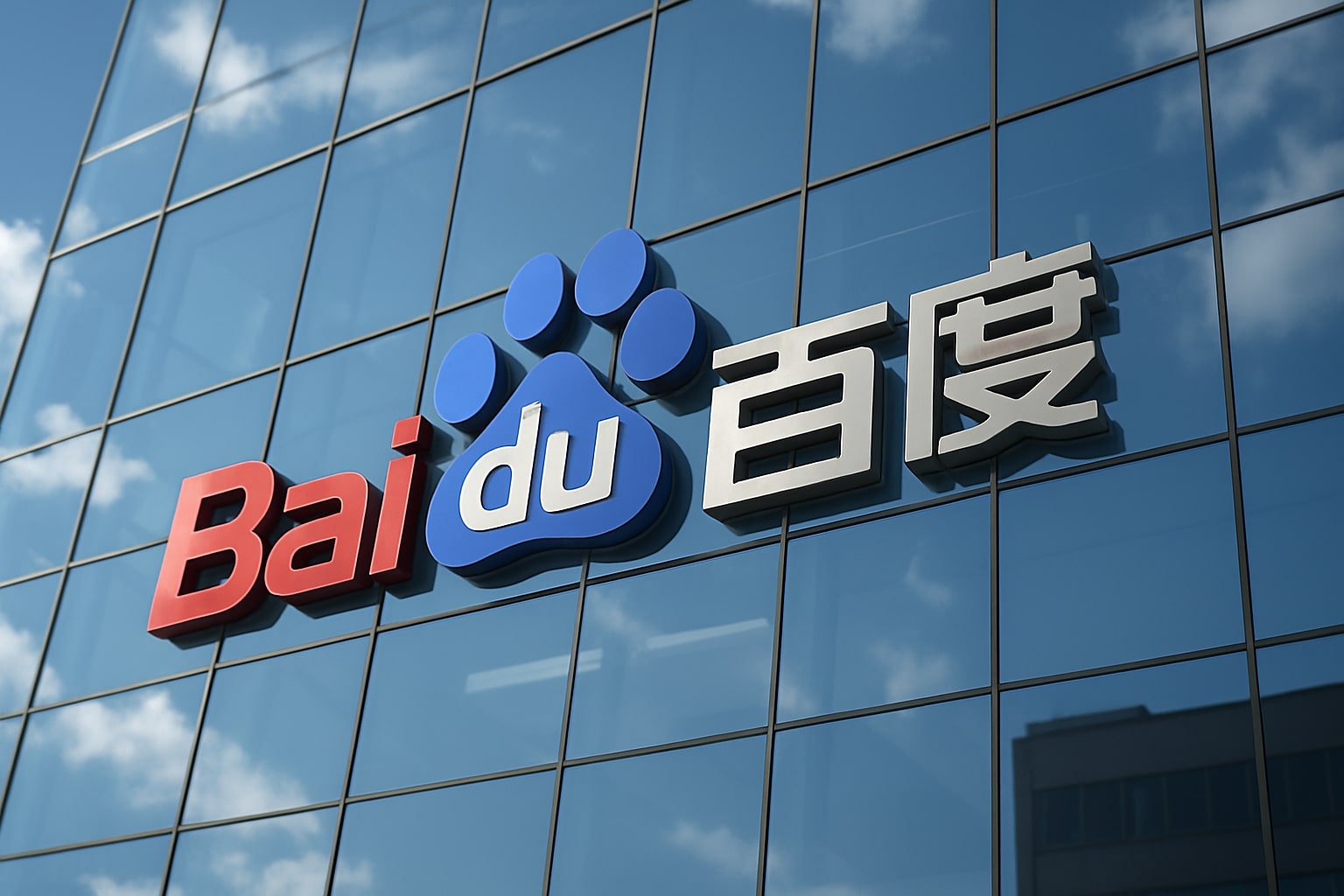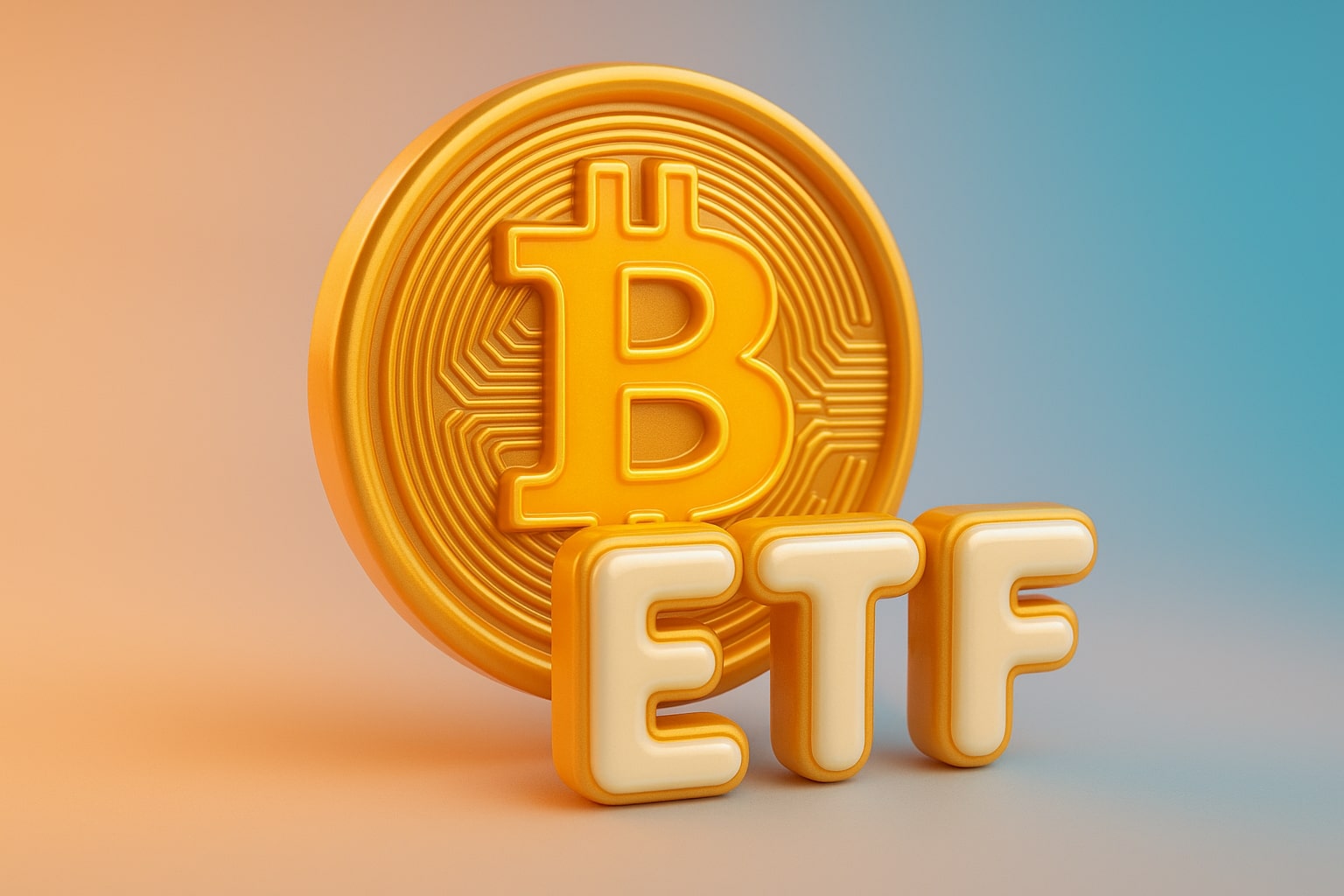Advanced Momentum in NASDAQ:AMD Spurs 126% Rally Since April Lows
AMD’s journey from $86 in early April to $194.52 at last close underscores robust investor confidence in its positioning within the AI and CPU domains. Shares have not merely tracked Nvidia’s gains—up 86% in the same span—but have outpaced them by 40 percentage points. Trading at a forward P/E of 78x versus NVDA’s 42x, NASDAQ:AMD commands a premium valuation that reflects both short-term euphoria and anticipation for sustained growth into Q3 and beyond. Intraday trading delivered a 1.8% lift as speculation mounts over MI350 price hikes and the impending resolution of China export license headwinds. (Link to live chart)
Instinct MI350 Pricing Power: Upside and Margin Leverage
Whispers of a price increase for AMD’s MI350 AI accelerator to $25,000 from its $15,000 base imply a near-70% uplift in ASP. Even at $25,000, the MI350 remains 17–37% cheaper than Nvidia’s Blackwell B200 at $30–40k, reinforcing AMD’s value proposition to hyperscalers. A confirmed ASP boost could inject $2.0–2.5 billion in incremental annual revenue, while improving gross margins by 100–150 basis points. HSBC’s forecast upgrade to $15.1 billion in AI chip sales next year from $9.6 billion now appears conservative given MI355X ramp pricing near $30,000. AMD’s gross margin dipped 40 bps last quarter to 47.1% amid mix headwinds; recapturing even half that contraction via ASP discipline would restore margin to 47.7%, a direct lift to operating income.
CPU Share Gains and Tariff Pull-In Dynamics
Server CPU share continues its march upward as AMD captures roughly a third of every dollar spent while Intel slumps to 63%. Mercury Research and IDC surveys place AMD’s server CPU share at 36–40% for 2025, with projections stretching to 60% by 2026. Client CPU sales, up double-digit sequentially last quarter, further amplify revenue diversification. Tariff pull-in from impending U.S. export controls is estimated to have added $200–300 million in early orders for both AMD and Intel last quarter; AMD should see a similar pull-in benefit in Q2, partially offsetting flat data-center GPU trends tied to the MI308 export license.
China Re-Entry and MI308 Inventory Monetization
The U.S. pause on export bans for the MI308 unlocked $800 million in stranded inventory, poised for near-zero cost shipments into China. Should AMD secure full licensing, that inventory can generate high incremental margins of 60–70%. CFO Jean Hu attributed $700 million of Q2 data-center GPU headwinds to export delays; clearance in Q3 promises a comparable revenue tailwind. Despite robust hype, prudent investors should temper expectations: actual MI308 shipments may phase over several quarters, delaying margin impact until late ’25.
Hyperscaler Adoption and ROCm Open-Source Upside
AMD’s Instinct portfolio now serves seven of the top ten AI model developers, including a 30,000-GPU MI355X cluster deal at Oracle and Tesla’s inference deployments. ROCm 7’s open-source acceleration narrows the deployment gap versus CUDA, reducing hyperscaler switching costs. AMD’s 22.1 TB/s memory bandwidth on MI355X versus Nvidia’s 8 TB/s and 3,000–4,000 FP16 TFLOPS (dense) against the B200’s 5,000 sparse TFLOPS signals technical parity in key workloads.
Q2 ’25 Guidance vs. Q1 Actuals
Revenue guidance of $7.40 billion implies flat sequential growth from $7.42 billion in Q1 and 27% Y/Y expansion. Street consensus sits at $7.41 billion. Client revenue should rise double digits sequentially, data-center GPU revenue likely dips mid-single digits due to export licensing, and non-GAAP gross margins are expected to contract to 43% from 47.1% last quarter as AI GPU write-downs and inventory adjustments weigh. Q1’s beat—$7.42B versus $7.29B consensus, EPS of $1.05 versus $0.98—sets a high bar. CPU upside remains the wild card: every 1% point of share gain in server CPUs adds ~$100 million to quarterly revenue.
Insider Moves and Institutional Confidence
Latest filings show AMD insiders exercised or sold shares worth $15 million in July, largely to cover option exercises, with no material net selling. Institutions elevated positions: BlackRock increased its stake by 3%, Capital Research added 1.5%, while Ark Invest trimmed to 1.9%. Hedge funds like Viking Global and Coatue boosted AMD allocations by 4% and 2% respectively, signaling conviction ahead of earnings. (Link to insider transactions)
Valuation in Context of Peers
With a forward P/E at 78x and forward EV/EBITDA at 55x, NASDAQ:AMD trades at a 60% premium to Nvidia’s 49x EV/EBITDA. Free-cash-flow yield stands at 2.5% versus NVDA’s 1.9% and Intel’s 3.2%. Bank of America’s $200 target (up from $175) implies 12% upside; a return to the $227 ATH yields 28% upside. In bear-case modeling—10% revenue miss and 200 bps margin contraction—AMD’s fair value drops to $150, a 16% correction from current prices.
Technical Momentum and Analyst Consensus
AMD breaks above its 50- and 200-day EMAs at $172 and $165, with RSI at 62 indicating sustained momentum. Volume on the recent run averaged 35 million shares/day, 20% above the 3-month average. Analysts remain bullish: 28 buy ratings (average target $195), 8 holds, and 1 sell. The sell rating flags execution risk on MI308 licensing and margin pressure.
Strategic Outlook: Buy, Hold, or Sell
Balancing powerful CPU share gains, AI ASP leverage, hyperscaler traction and China re-entry against lofty multiples and execution risk, NASDAQ:AMD merits a Buy on dips toward $175, Hold through earnings if above $180, and reevaluation if the stock breaks below $165 on disappointing guidance. Success hinges on confirming MI350 pricing, MI308 export clearance, and maintaining >35% server CPU share.














